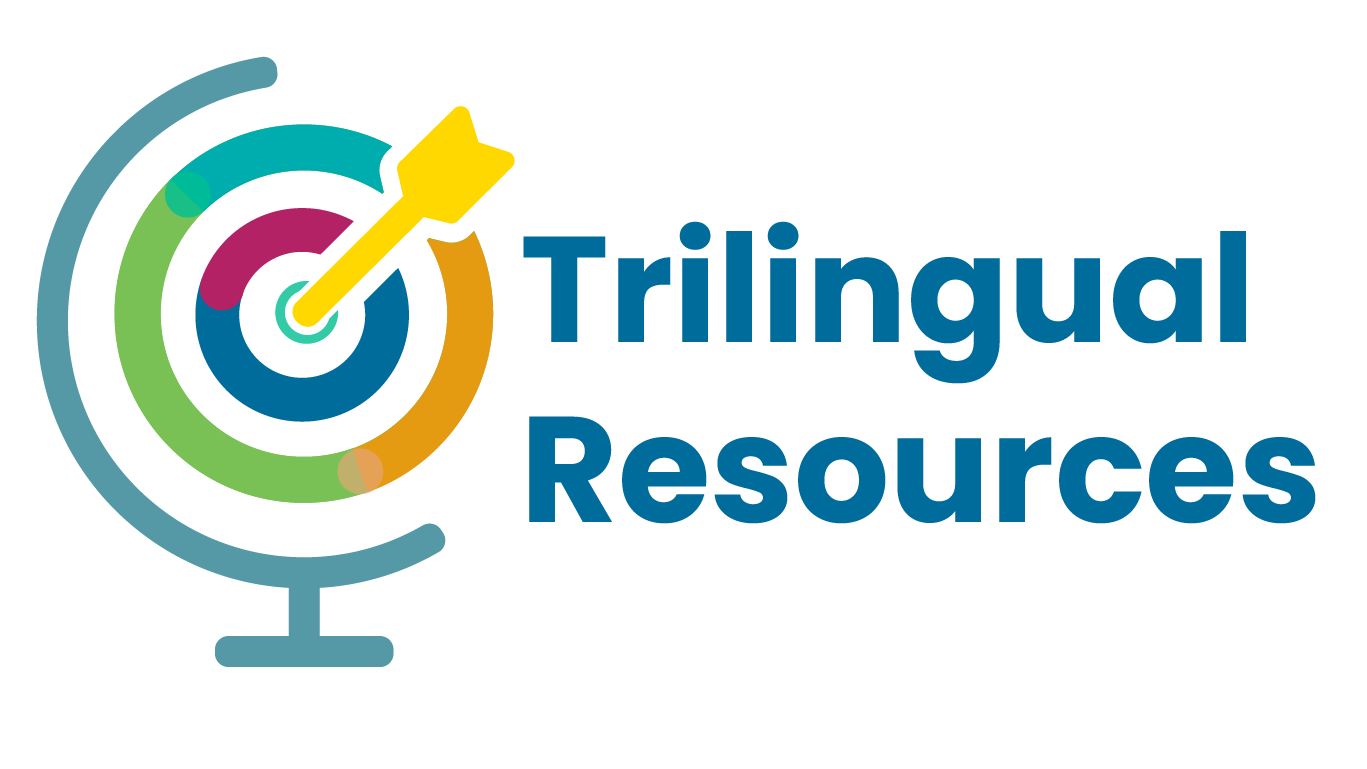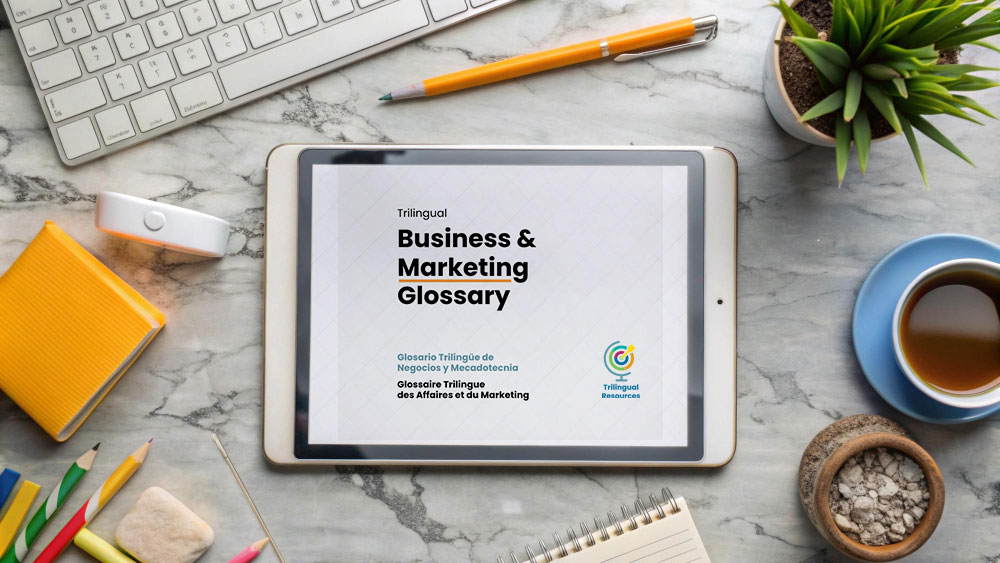In today’s hyper-connected global economy, the ability to communicate across languages is not just a competitive edge—it’s a necessity. Businesses that limit their messaging to a single language are also limiting their reach, revenue, and relevance. As markets become more diverse and digital borders dissolve, multilingual marketing—especially trilingual strategies involving English, Spanish, and French—has become critical for organizations aiming to grow across North America, Europe, and beyond.
This post explores why trilingual marketing is essential, which industries benefit the most, and how companies can harness the power of multilingual content to expand market share, build trust, and drive ROI.
What Is Multilingual Marketing?
Multilingual marketing is the practice of creating and adapting marketing materials for different language audiences. This includes:
Websites and landing pages
Email campaigns
Product presentations and brochures
Social media content
Videos and subtitles
Customer support documents
When done properly, multilingual marketing doesn’t just translate words; it transcreates meaning—adapting your message for cultural relevance, tone, and emotional impact.

Why Trilingual Marketing (English, Spanish, French)?
In North America and parts of Europe, English, Spanish, and French are dominant languages in trade, education, and diplomacy. Here’s why these three matter:
English: The international language of business and technology.
Spanish: Spoken by over 500 million people globally; key to reaching Latin America, the U.S. Hispanic market, and Spain.
French: Spoken in over 29 countries, including Canada, France, parts of Africa, and the Caribbean.
Offering trilingual content helps you reach a broader, more diverse audience, particularly in industries where multicultural communication is vital.

Key Industries That Require Trilingual Communication
Education & EdTech
International programs, e-learning platforms, and universities need course materials, admissions info, and outreach campaigns in multiple languages.
Healthcare & Pharmaceuticals
Patient communication, safety guidelines, and regulatory compliance require accurate translations to avoid legal risk and ensure public health.
Government & Public Services
Many municipalities and federal agencies serve multilingual populations and must provide essential information in official languages.
Logistics & Transportation
Cross-border supply chains require driver instructions, customs documentation, and safety protocols in English, Spanish, and French.
Manufacturing & Automotive
Training manuals, product specifications, and B2B presentations for global buyers need accurate, culturally adapted versions.
Tourism & Hospitality
Multilingual content enhances guest experience and drives international bookings.
Legal & Financial Services
Contracts, disclaimers, and customer agreements must be linguistically precise and legally sound in multiple jurisdictions.
The ROI of Going Multilingual
Language is one of the most powerful drivers of trust, conversion, and customer loyalty in international business. According to a landmark study by CSA Research (“Can’t Read, Won’t Buy – B2C”), which surveyed over 8,709 consumers in 29 countries:
76% of consumers want product reviews in their language.
40% of consumers never purchase from websites in a language they do not understand.
These findings clearly demonstrate that language accessibility is not just a marketing strategy—it’s a critical sales enabler.
In B2B sectors, the stakes are even higher: your pitch deck, investor documents, or technical specs must be understood with total clarity—or you risk losing the deal.
Revenue Growth Examples
Companies that have invested in multilingual strategies consistently report significant gains in both reach and revenue. For instance, a B2B SaaS company in the online form-building space saw its organic website traffic increase by 290% in just five months after introducing localized content in additional languages and optimizing for international SEO (Linkpanda, 2024).
Similarly, a major European home décor retailer operating in eight countries experienced a 50% increase in revenue and a 28.7% rise in organic traffic within four months after adapting its content to multiple markets and languages (Saffron Edge, 2023).
Even in smaller-scale examples, the impact is clear. One company reported that adding Italian-language pages to its site boosted inquiries from Italy from 4 leads to 21—a more than fivefold increase—without any extra paid advertising, simply by speaking the customer’s language (Lumitos, 2023).
These results underscore a broader trend: marketing professionals increasingly see multilingual content not as a “nice-to-have” but as a core driver of growth. Expanding into new languages can open doors to untapped markets, improve customer trust, and multiply sales opportunities without proportionally increasing marketing spend.
Trust and Understanding: The Emotional Impact
Multilingual marketing isn’t just transactional—it’s relational.
When a potential partner reads your pitch in their language, it builds credibility.
When a client can access training materials in their language, it boosts efficiency and reduces churn.
When a worker sees safety protocols in their native tongue, it saves lives and reduces liability.
“Language is the gateway to trust. Trilingual materials tell your partners: we see you, we understand you, and we value you.”
Breaking Barriers: How a Water Tech Innovator Won $5M in Mexico by Speaking the Right Language
Industry: Water Infrastructure Monitoring & Leak Detection
Headquarters: Cambridge, United Kingdom
Markets Targeted: Mexico and Latin America
Product: Intelligent Pipeline Leakage Detection System
Languages Prior to Expansion: English only
Business Challenge
A UK-based water technology leader had established a strong presence in Europe, providing advanced pipeline monitoring systems to utilities. As part of its growth strategy, it aimed to:
Enter the Mexican market and secure contracts with public water agencies.
Demonstrate the operational and cost-saving benefits of its leak detection technology to government decision-makers.
Build credibility with technical teams and procurement officers who preferred Spanish-language materials.
Despite its cutting-edge solutions, the company faced key barriers:
Technical English-only materials were difficult for many Mexican officials and engineers to fully engage with.
Sales presentations lacked localized data and examples relevant to Mexico’s infrastructure challenges.
The website failed to address regional regulatory and operational needs in the local language.
Spanish-Language Market Entry Strategy
A targeted Spanish-language expansion plan was implemented to bridge the communication and cultural gap:
1. Website Localization & Technology Showcase
Fully localized Spanish website using industry-specific terminology for Latin America.
Feature-focused product pages explaining the leak detection system’s benefits for aging water infrastructure in Mexico.
Case studies tailored to drought-affected regions and urban water loss.
2. Sales Enablement for Government Engagement
Spanish-language pitch decks and technical brochures for federal, state, and municipal water agencies.
Presentations customized with local statistics on water loss and infrastructure costs.
Downloadable PDFs and videos highlighting ROI, environmental benefits, and compliance with Mexican water regulations.
3. Targeted Outreach & Demonstrations
In-person technology demonstrations for decision-makers in Mexico City and Monterrey.
Partnerships with local engineering consultants to reinforce credibility and navigate procurement processes.
Translated training materials and proposals to support pilot projects and contract negotiations.
Results
Within 12 months of implementing the Spanish-language strategy, the company achieved measurable success:
| Metric | Result |
|---|---|
| Contracts awarded with Mexican public water agencies | $5M USD total value |
| Website traffic from Mexico | +340% |
| Increase in inbound inquiries from other Latin American markets | +180% |
| Local partner network growth | +3 |
It's Time to Speak Their Language
The future of growth is international, and multilingual. If your business operates across borders—or plans to—you can no longer afford to present yourself in just one language.
Trilingual marketing is not an extra step—it’s the bridge to your next market, your next client, and your next opportunity.
Are you ready to grow your brand across English, Spanish, and French-speaking markets?
We create tailored trilingual materials—slide decks, websites, brochures, videos, and more—to help your business communicate with clarity, professionalism, and cultural precision.
📩 Contact us today for a free trilingual marketing audit:
info@trilingualresources.com



4 Comments
In today’s global market, sticking to just one language really limits your reach. I probably need help translating some of my HubSpot forms — can you help with that?
Absolutely!You’re right — offering content in multiple languages not only expands your audience but also builds trust with international customers. We can definitely help translate your HubSpot forms (and make sure they’re optimized for clarity and conversions). Just send us an email at info@trilingualresources.com and we’ll get you started.
Does Trilingual Resources also creates bilingual websites (Spanish/English)?
Yes, we do! Please share more details with us by writing to info@trilingualresources.com. I’m confident we’ll be able to create a website that you’ll love.